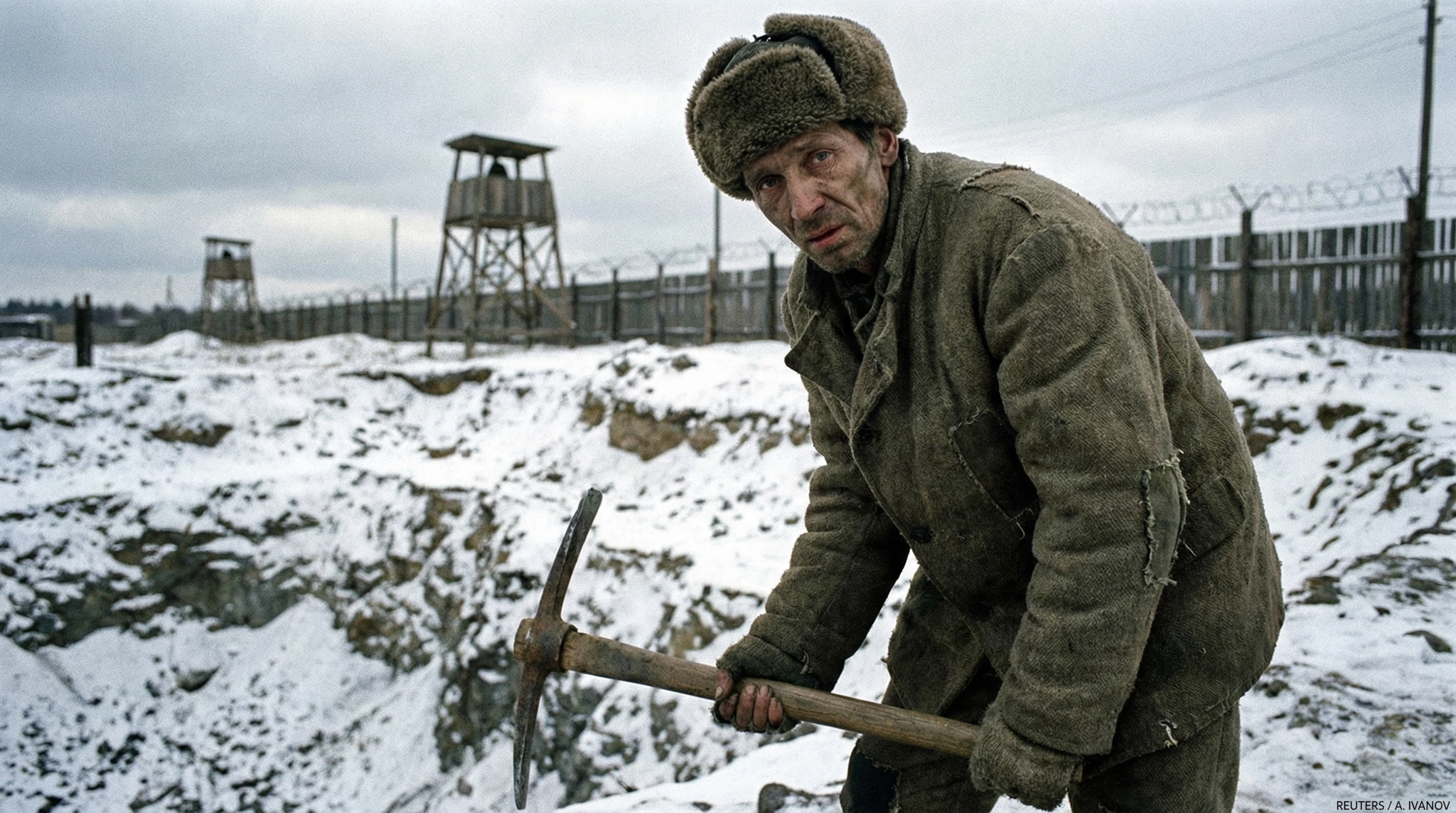The 20th century witnessed an intense rivalry between two major ideological systems: Soviet socialism and Western capitalism, particularly embodied by the United States. This rivalry wasn't merely a political contest but represented two fundamentally opposing views on how societies should be structured and economies managed.
The Cold War (1947–1991) was the clearest manifestation of this struggle, where both systems sought dominance not just through military might but also through ideological superiority. The question of which system leads to more suffering, deaths, and societal degradation remains debated.


Advantages
- Innovation and growth: Capitalism is credited with fostering innovation, rapid technological advancement, and higher standards of living in many Western countries.
- Entrepreneurship: The system enables entrepreneurs to develop new industries and consumer goods, with competition driving efficiency.
Disadvantages
- Inequality: Emphasis on profit can lead to wealth concentration and persistent poverty for many.
- Exploitation and environmental costs: The pursuit of profit sometimes results in worker exploitation and environmental degradation.
- Economic instability: Periodic crises — recessions and depressions — can devastate millions, as seen in events like the 2008 financial crisis.
The capitalist model's strengths in innovation coexist with structural weaknesses that can produce widespread suffering when left unchecked.
Socialism: State Ownership and Central Planning
Soviet-style socialism was characterized by state ownership of the means of production and a centrally planned economy. The government controlled industries, set production quotas, and directed resource distribution.
Advantages
Equality in principle: Socialism promises universal access to basic necessities such as healthcare, education, and housing. The absence of private ownership aims to reduce extremes of wealth and poverty and promote social solidarity.
Disadvantages
Inefficiency and shortages: In practice, central planning often led to corruption, poor-quality goods, and shortages. Rationing and long queues for basic items were common.
Repression: Political dissent was frequently suppressed. Civil liberties were curtailed in the name of maintaining state control, producing substantial human rights concerns.
Which System Has Caused More Suffering?
Both systems have been responsible for significant human suffering, but the forms and mechanisms differ.
Capitalism's Toll
While capitalism has spurred growth and innovation, it has also created deep inequalities and systemic poverty. Historical famines, such as the Irish Potato Famine, were exacerbated by policies that prioritized market forces over direct relief.
Wars driven by resource competition and crises like the 2008 financial meltdown led to widespread unemployment, homelessness, and hardship for working populations.
Socialism's Toll
The Soviet model is associated with widespread human rights abuses and mass deaths, particularly under Stalin. Forced collectivization produced famines such as the Holodomor in Ukraine, and purges, deportations, and Gulags inflicted further suffering.
Estimates of deaths under Soviet socialism vary, with some figures ranging from 20 to 60 million — reflecting state policies, repression, and famine.
Both systems have produced large-scale harm through different mechanisms: market-driven neglect and exploitation in capitalist contexts, and state-driven repression and mismanagement under Soviet socialism.
Human Rights Under Both Systems
Human rights critiques apply to both systems, though they arise from different dynamics.
Under capitalism: The pursuit of profit has often overridden worker protections. During the Industrial Revolution, millions worked in unsafe conditions with scant labor rights. Today, labor exploitation continues in parts of the global supply chain.
Under Soviet socialism: Centralized control limited political freedom, and dissent was often met with severe punishment. The restriction of civil liberties stands in stark contrast to the democratic freedoms commonly associated with capitalist democracies.